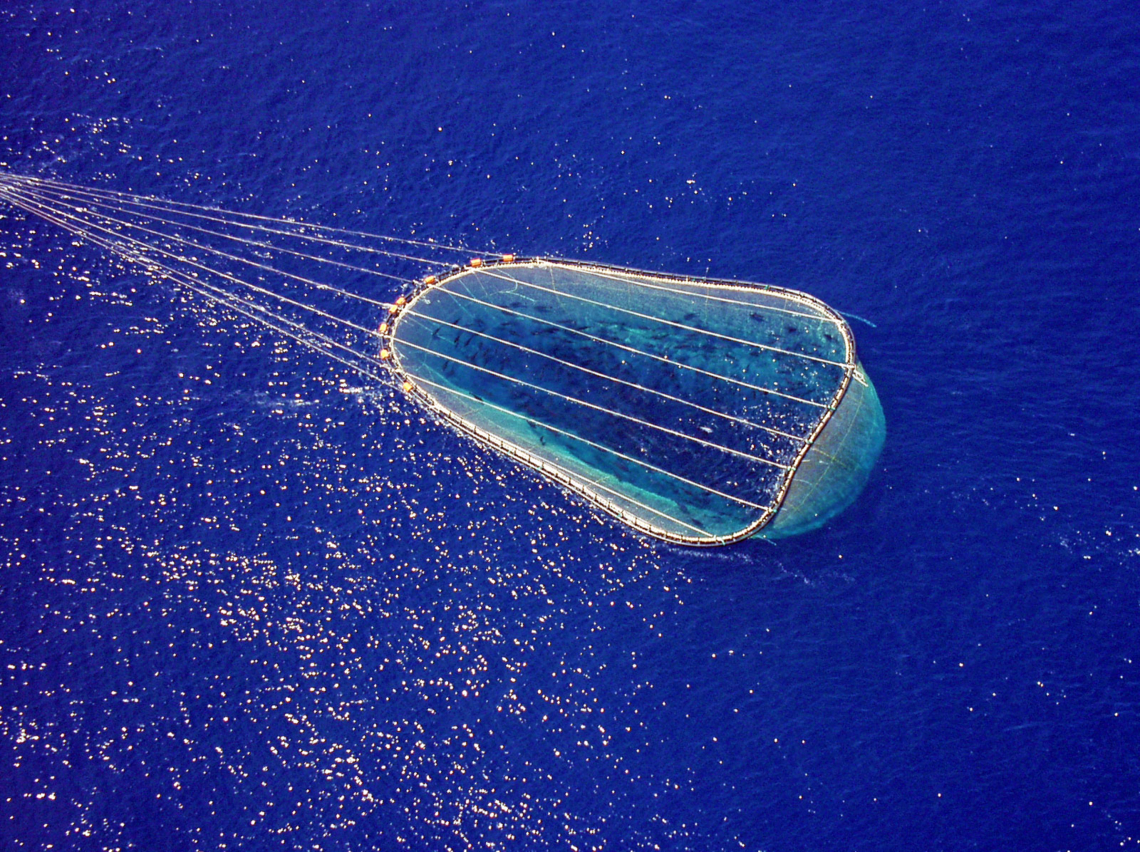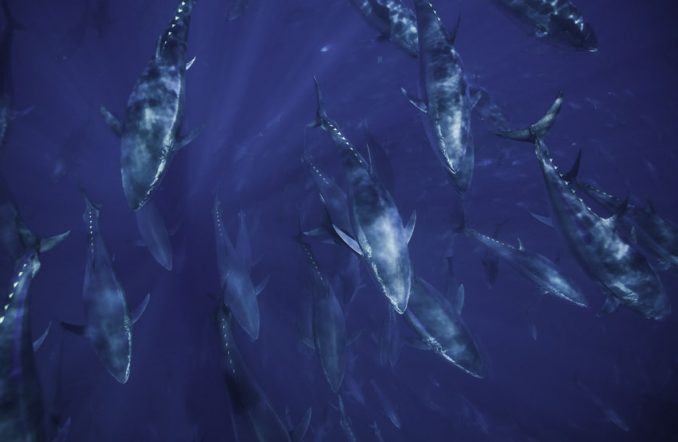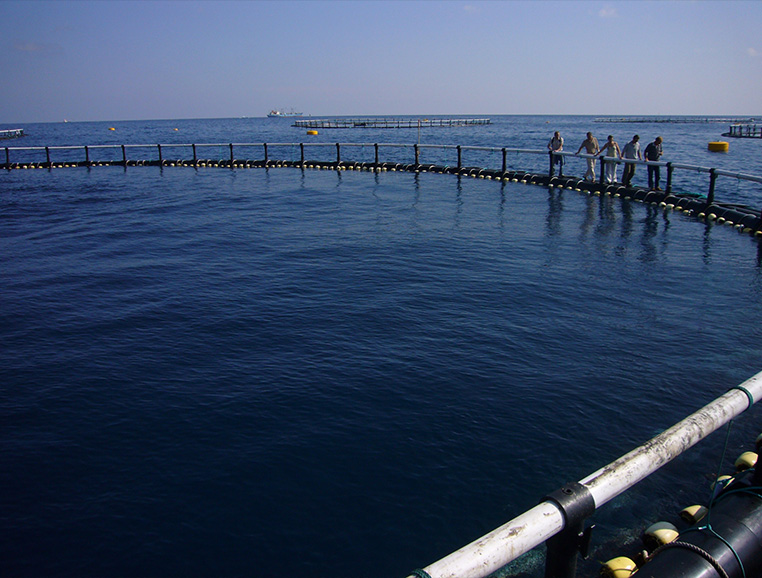An activity that creates controversy
Unlike many marine species (salmon, sea bass, sea bream), the aquaculture of large tunas is not perfectly mastered and continues to be the subject of extensive experimentation in several countries (Australia, Japan, Europe) in order to carry out the complete cycle of farming over several generations, with a view to eliminating catches at sea and maximising profits. Proponents of large tuna aquaculture believe that farming will reduce pressure on wild stocks. Environmental organizations believe that the problem will just be displaced, with fishing pressure shifting to the “forage fish” at the base of the food chain, potentially disrupting the entire marine ecosystem.

Tuna fattening
Bluefin tuna farming is based almost exclusively on “fattening”, a technique that consists of catching young tuna in the wild and growing them in large fish farms to commercial size. Fed with “feed” fish (10 kg of sardines or mackerel will produce 1 kg of tuna), the fish quickly fatten up before being slaughtered and exported to consumer countries, mainly Japan, far from where they are produced, contributing to the emission of greenhouse gases.
The activity is controversial; for sustainable fishing advocates, it decimates future breeders and lacks transparency.
As practiced today, bluefin tuna aquaculture appears to be far from sustainable as it raises, among other issues, the problem of marine resource management, ecological impacts and greenhouse gas emissions.

Experts' Corner
Three species with high market value are fattened at the fattening sites: Atlantic bluefin tuna(Thunnus thynnus), Pacific bluefin tuna(Thunnus orientalis) and southern bluefin tuna(Thunnus maccoyii). More than 50 farms, located in Australia, Mexico, Japan and the Mediterranean produced a total of 36,350 tons in 2014, including 14,500 tons of Atlantic bluefin tuna, mainly in Italy, Spain, Croatia, Malta, and Turkey.
The vast majority of bluefin tuna caught in the Mediterranean by industrial fisheries is destined for the fattening activity that serves the Japanese market.








